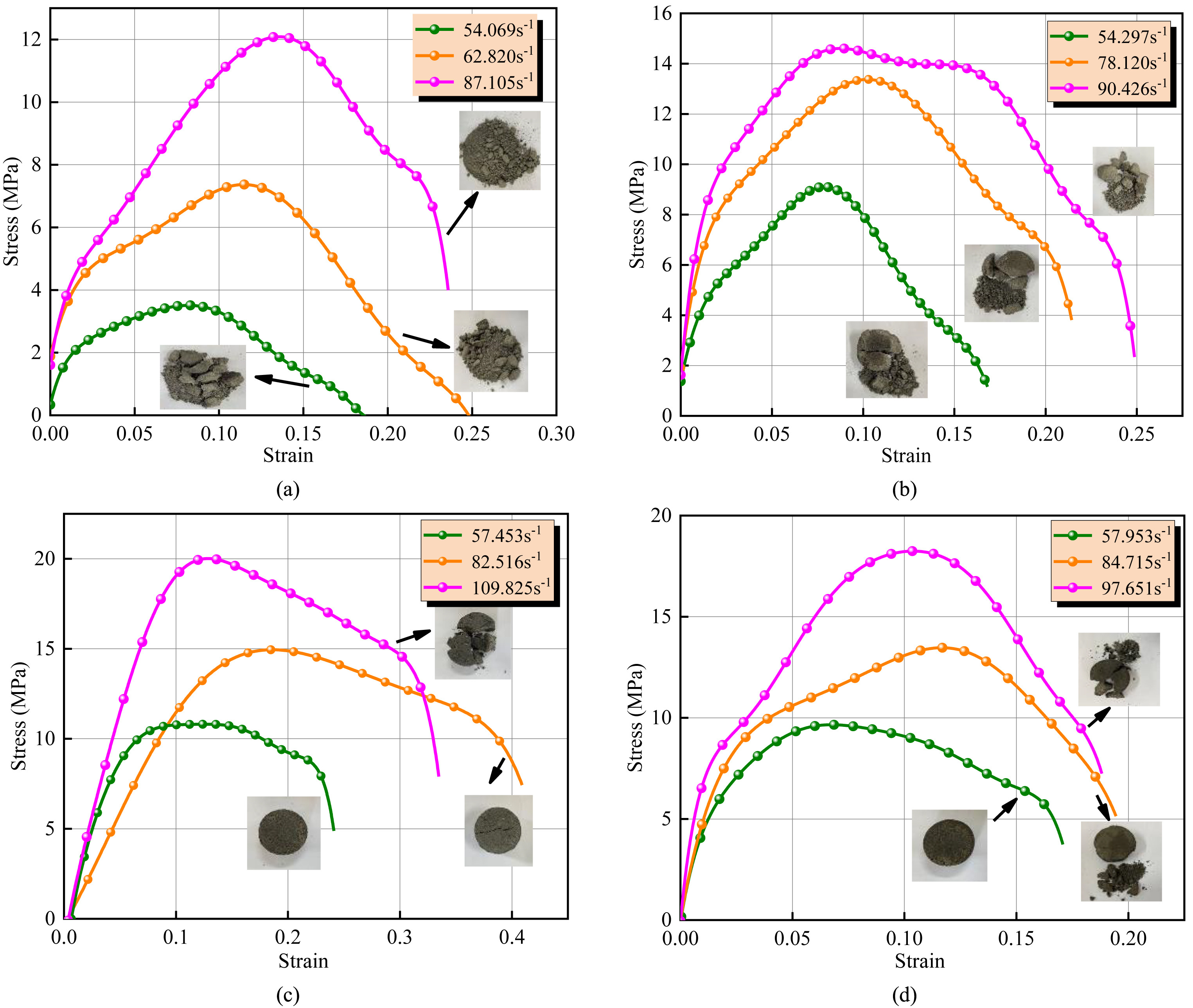JRMGE / Vol 16 / Issue 3
Damage constitutive model of lunar soil simulant geopolymer under impact loading
Hanyan Wang, Qinyong Ma, Qianyun Wu
Show More
a School of Civil Engineering and Architecture, Anhui University of Science and Technology, Huainan, 232001, China
b Engineering Research Center of Underground Mine Construction, Ministry of Education, Anhui University of Science and Technology, Huainan, 232001, China
2024, 16(3): 1059-1071. doi:10.1016/j.jrmge.2023.04.025
Received: 2023-01-18 / Revised: 2023-04-18 / Accepted: 2023-04-26 / Available online: 2023-11-14
2024, 16(3): 1059-1071.
doi:10.1016/j.jrmge.2023.04.025
Received: 2023-01-18
Revised: 2023-04-18
Accepted: 2023-04-26
Available online: 2023-11-14
Lunar base construction is a crucial component of the lunar exploration program, and considering the dynamic characteristics of lunar soil is important for moon construction. Therefore, investigating the dynamic properties of lunar soil by establishing a constitutive relationship is critical for providing a theoretical basis for its damage evolution. In this paper, a split Hopkinson pressure bar (SHPB) device was used to perform three sets of impact tests under different pressures on a lunar soil simulant geopolymer (LSSG) with sodium silicate (Na2SiO3) contents of 1%, 3%, 5% and 7%. The dynamic stress–strain curves, failure modes, and energy variation rules of LSSG under different pressures were obtained. The equation was modified based on the ZWT viscoelastic constitutive model and was combined with the damage variable. The damage element obeys the Weibull distribution and the constitutive equation that can describe the mechanical properties of LSSG under dynamic loading was obtained. The results demonstrate that the dynamic compressive strength of LSSG has a marked strain-rate strengthening effect. Na2SiO3 has both strengthening and deterioration effects on the dynamic compressive strength of LSSG. As Na2SiO3 grows, the dynamic compressive strength of LSSG first increases and then decreases. At a fixed air pressure, 5% Na2SiO3 had the largest dynamic compressive strength, the largest incident energy, the smallest absorbed energy, and the lightest damage. The ZWT equation was modified according to the stress response properties of LSSG and the range of the SHPB strain rate to obtain the constitutive equation of the LSSG, and the model's correctness was confirmed.
Keywords: Lunar soil simulant geopolymer (LSSG), Split hopkinson pressure bar (SHPB) test, Constitutive model, Energy analysis, Failure mode
Article Data
Author(s) Information
Qinyong Ma

Qinyong Ma obtained his BSc and MSc degrees in Mining Engineering from Anhui University of Science and Technology, China, in 1986 and 1993, respectively, and his PhD in Geotechnical Engineering from University of Science and Technology Beijing, China, in 2004. He is a member of the Chinese Society for Rock Mechanics and Engineering. Also, he is the deputy director of the Rock Dynamics Committee of the Chinese Society for Rock Mechanics and Engineering. His research interests include (1) Frozen soil mechanics and engineering; (2) New technology of rapid excavation and support for tunnel and underground engineering; and (3) Concrete structures and new materials. He has been participated in a large number of scientific research projects.

